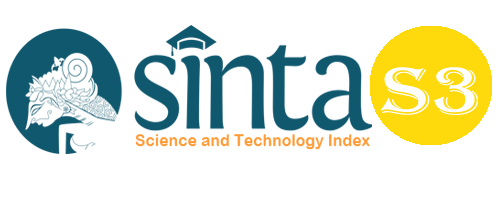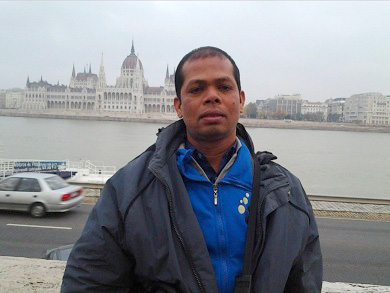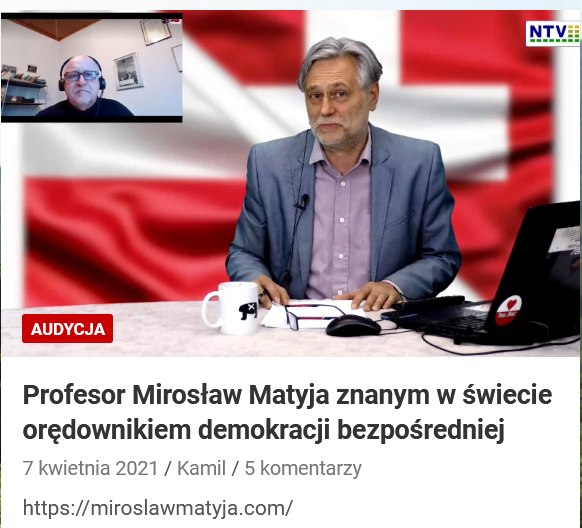Protection of Communal Copyrights through Sui Generis Law
Abstract
The purpose of this study is to find answers to why the value of local wisdom is the basis for building Copyright law and how the construction of Copyright law based on the value of local wisdom provides creative freedom and can improve people's welfare. The paradigm in this research is Legal Constructivism, with a socio-legal research approach. The social setting is the written batik community. Primary data was obtained by interview and observation, while secondary data was obtained by document study. Primary data were analyzed using the four-step model of Mathew B. Miles and A. Michel Huberman. Secondary data were analyzed using hermeneutics. The results of the study show that if copyright law is not based on local wisdom values, it has the consequence that copyright law does not work well, because the legal values do not match the values of local wisdom and are unable to protect communal copyrights. Society becomes ambiguous, and people are not prosperous because they do not have the freedom to be creative in their work. The values of local wisdom are the basis for building copyright law. The value of local wisdom can protect copyrighted works that are communal. Local wisdom can improve the welfare of the community. The ideal construction of copyright law reconstructs its structure, substance, and culture. The principles of supporting new copyrights are the principles of justice, economy, culture, social, communal ownership, availability of access, and an integrated strategy.
Keywords
Full Text:
PDFReferences
Ang, S. H., Cheng, P. S., Lim, E. A. C., & Tambyah, S. K. (2001). Spot the difference: Consumer responses towards counterfeits. Journal of Consumer Marketing, 18(3), 219–233. https://doi.org/10.1108/07363760110392967
Brown, D., & Nicholas, G. (2012). Protecting indigenous cultural property in the age of digital democracy: Institutional and communal responses to Canadian First Nations and Māori heritage concerns. Journal of Material Culture, 17(3), 307–324. https://doi.org/10.1177/1359183512454065
Carroll, M. W. (2015). Sharing research data and intellectual property law: A primer. PLoS Biology, 13(8), 1–11. https://doi.org/10.1371/journal.pbio.1002235
Dalimunthe, S. R., Pujawati, S. A., & Sitorus, A. S. A. (2022). Technical Security in Ite Law and Copyrights of Devices and Systems. Policy, Law, Notary and Regulatory Issues (Polri), 1(2), 27–36. https://doi.org/10.55047/polri.v1i2.124
Fadilla, J. F. (2021). State’s Responsibility for the Protection of Moral Rights in Music Copyright Cases in Indonesia.
Geiger, C. (2006). “Constitutionalising” intellectual property law? The influence of fundamental rights on intellectual property in the European Union. IIC International Review of Intellectual Property and Competition Law, 37(4), 371–406.
Hesse, C. (2002). The Rise of IIntellectual Property. Spring, 131(2), 26–45.
Hietanen, H. (2008). The Pursuit of Efficient Copyright Licensing. Lappeenranta, Finland: Lappeenranta University of Technology.
Kameri-Mbote, P. (2003). Community, Farmers’ and Breeders’ Rights in Africa: Towards a Legal Framework for Sui Generis Legislation. University of Nairobi Law Journal, 120.
Kasih, D. P. D., Dharmawan, N. K. S., Putra, I. B. W., Sudiarawan, K. A., & Rakhima, A. S. (2021). The exploitation of indigenous communities by commercial actors: Traditional knowledge and traditional cultural expression. Journal of Ethnic and Cultural Studies, 8(4), 91–108. https://doi.org/10.29333/ejecs/898
Pratiwi, P.F.P., Suprayitno, and Triyani. (2020). Existence of Customary Law through Comparative Education between Dayak Ngaju Customary Law and National Law. Budapest International Research and Critics Institute-Journal (BIRCI-Journal) Vol 3 (2): 712-717.
Purba, I.G., and Syahrin, A. (2019). Demand against Law and Using Authority in Corruption Criminal Action. Budapest International Research and Critics Institute-Journal (BIRCI-Journal) Vol 2 (4): 194-206.
Sharfina, N. H., Paserangi, H., Rasyid, F. P., & Fuady, M. I. N. (2021). Copyright Issues on the Prank Video on the Youtube. Proceedings of the International Conference on Environmental and Energy Policy (ICEEP 2021), 583(Iceep), 90–97. https://doi.org/10.2991/assehr.k.211014.021
Trauger, A., Sachs, C., Barbercheck, M., Brasier, K., & Kiernan, N. E. (2010). “Our market is our community”: Women farmers and civic agriculture in Pennsylvania, USA. Agriculture and Human Values, 27(1), 43–55. https://doi.org/10.1007/s10460-008-9190-5
Tumanggor, F., Muazzul, and Zulyadi, R. (2019). Handling of Narcotics Child Victims in Child Special Coaching Institutions Class I Tanjung Gusta, Medan. Budapest International Research and Critics Institute-Journal (BIRCI-Journal) Vol 2 (4): 50-55.
Violinda, Q., Widodo, S., Yunus, M., Istiyaningsih, R., & Robi, R. (2021). Driving Factors Affecting Lecturers and Employees Performance during the Covid-19 Pandemic. 7(2), 100–114.
Watt, R. (2004). The past and the future of the economics of copyright. Review of Economic Research on Copyright Issues, 1(1), 151–171.
Wiliams, R. L., & Cothrel, J. (2009). Four Smart Ways to Run Online Communities.
Yunus, M., Soesilowati, E., Setyowati, D. L., & Arsal, T. (2020). How is the Professionalism of Online Transportation Drivers in Complying with Traffic Regulations ? International Journal of Psychosocial Rehabilitation, 24(08), 5128–5133.
DOI: https://doi.org/10.33258/birci.v5i3.6253
Article Metrics
Abstract view : 42 timesPDF - 18 times
Refbacks
- There are currently no refbacks.

This work is licensed under a Creative Commons Attribution-ShareAlike 4.0 International License.

This work is licensed under a Creative Commons Attribution-ShareAlike 4.0 International License.

_.gif)

















_.gif)



